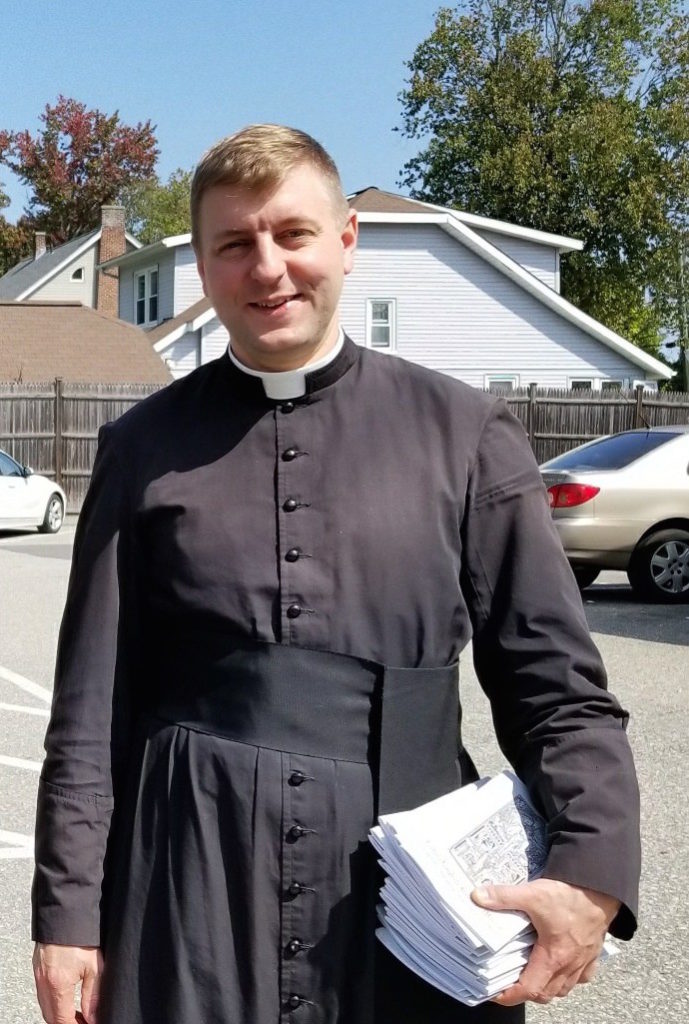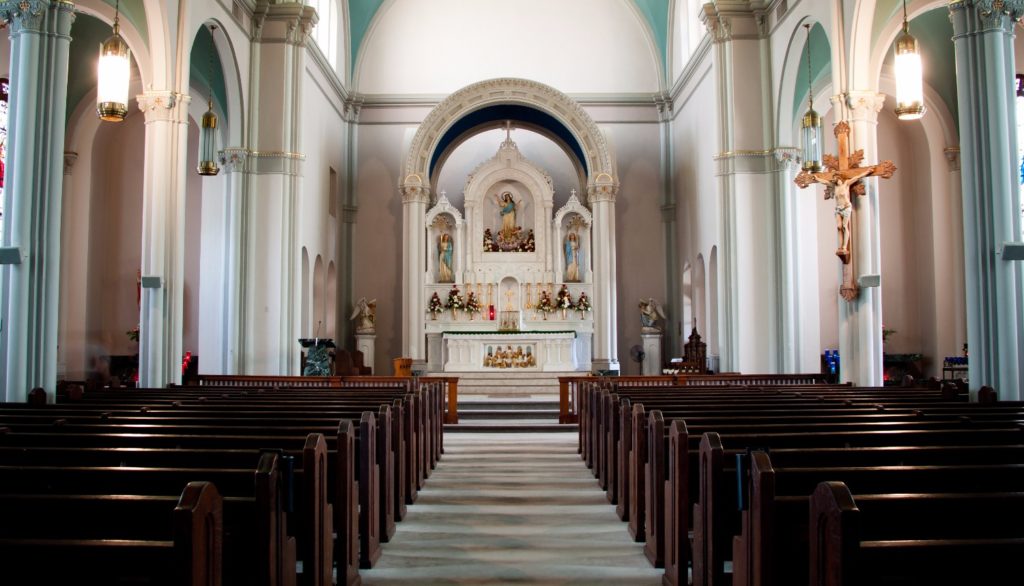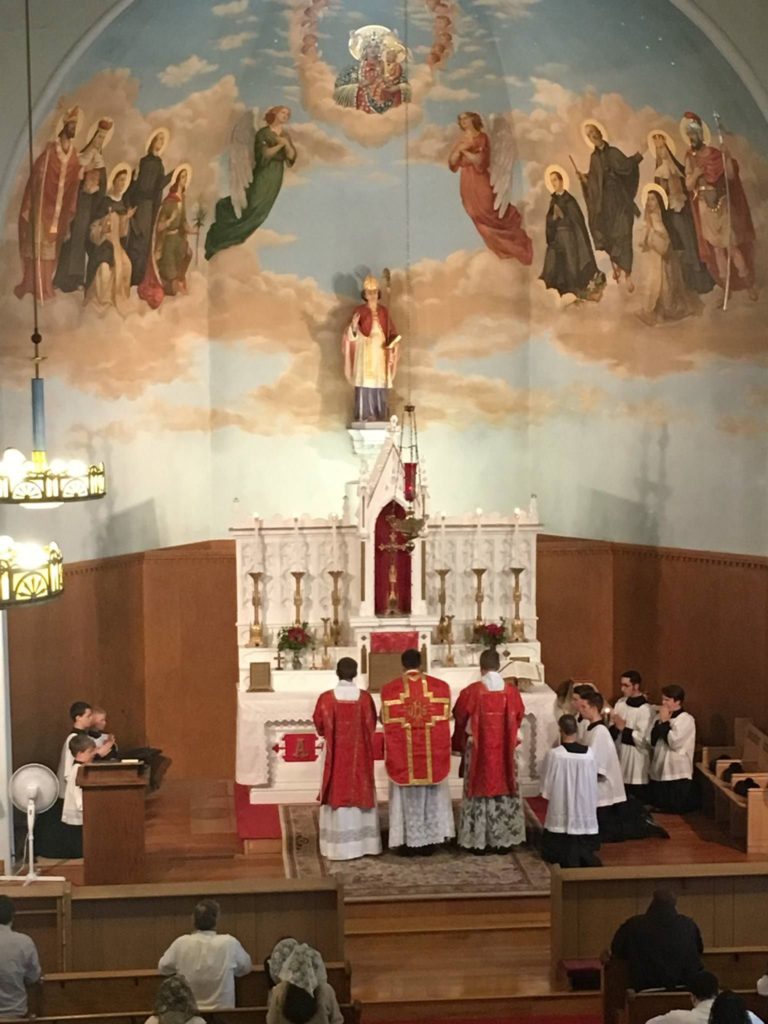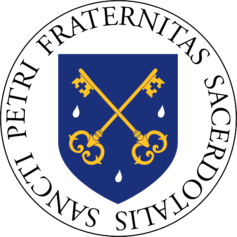FSSP Nashua Reaches Out to the Deaf
The sense of hearing is an important one not only for communicating with others and understanding the world at large, but, even more importantly, for participating fully in the life of the Church. If we are not carrying a missal, we understand the readings by means of hearing them when they are read in the vernacular before the homily. The homily itself is something that we absorb by means of hearing. In order to benefit from the counsel that the priest gives in Confession, we must be able to hear him.
But when if you could not hear? For those who are deaf or hard of hearing, full participation in the spiritual goods that the Church offers is a daily challenge. The deaf cannot understand the readings or listen to the sermon, and tasks such as approaching the Sacrament of Confession or attending spiritual direction can be much more difficult than they are for those who can hear.
Yet St. Stanislaus, the FSSP’s apostolate in Nashua, New Hampshire, is looking to change all that. One recent Sunday, a deaf attendee was able to hear the readings and homily by means of an interpreter who translated them into American Sign Language.
And the interpreter is not the only one in town who speaks ASL.

Fr. John Brancich, the pastor of St. Stanislaus, is himself fluent in sign language. And while there is not yet a regular interpretation program in place, he wants those who cannot hear with their ears to be able to attend the Traditional Latin Mass and to more easily receive Sacraments such as Confession, which can be difficult when the penitent cannot converse fluently with the priest. Therefore, if a deaf person wishes to attend Mass at St. Stanislaus, an interpreter will be provided, and in addition to more easily partaking in the Sacrament of Confession, the deaf can also receive such things as spiritual direction and marriage prep in their own language.
It all goes back to when Fr. Brancich was stationed at Immaculate Conception Parish in Omaha, Nebraska. One day there he conversed with a deaf man by means of writing. It was slow communication, the man had many questions, and the inefficiency of writing as a mode of communication was evident. Fr. Brancich remembered a family with a deaf son, and he inquired of them the best way to communicate with the deaf. They said that most deaf people like to communicate in sign language. Fr. Brancich met others in the deaf community and they encouraged him to learn ASL. He subsequently took classes from 2010-2012 at a local community college.

Immaculate Conception arranged for interpreters to translate the Gospel, Epistle and homily during Mass. More and more deaf people came to the parish, and a sizeable community came together during Fr. Brancich’s time there. Father Brancich even celebrated a marriage for two deaf people in which he preached in sign language. A parish for the deaf had existed in the area, but the last priest who signed had died twelve years earlier, and therefore the services offered by Immaculate Conception helped to fill that need.

In Nashua, future plans for expanding the availability of resources for the deaf community at St. Stanislaus include the possibility of ASL classes at the parish (ASL classes were made available at the Omaha parish and were very popular). Fr. Brancich would also like to install technology for those who are hard of hearing and use hearing aids. The church has an excellent sound system, and it is possible to install a feature that delivers sound directly to the hearing aids.
Our physical hearing, whether it be hearing with our ears or, as in the case of those who communicate through sign language, with our eyes, is only a first step towards that which is greater, the interior hearing of the Word of God Who became flesh and dwelt among us. And parishes such as St. Stanislaus are ensuring that all their sheep have access to that first step, so that all might hear in their hearts the Shepherd Whose voice we all know.
November 22, 2017








